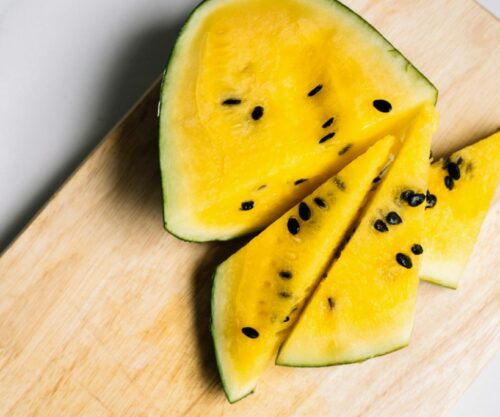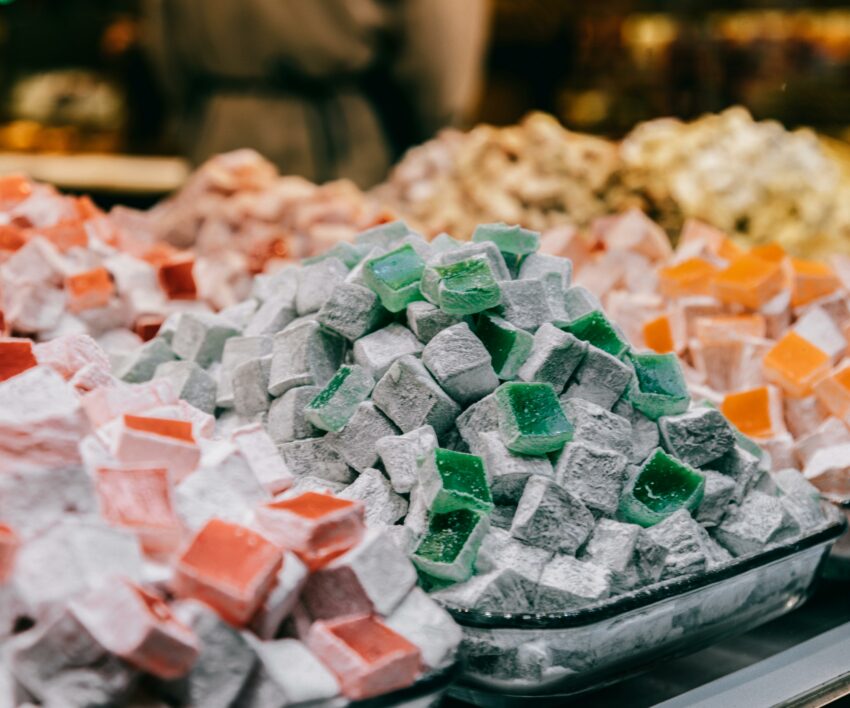
In the Middle East, dessert isn’t just a dish—it’s a ritual. Whether served after an elaborate meal, exchanged as a gesture of goodwill, or prepared specially for Ramadan and Eid, sweets carry deep cultural significance across the region.
Characterised by ingredients like rosewater, orange blossom, pistachios, and dates, these confections speak of centuries-old traditions and family recipes passed down through generations.
Here’s a look at the iconic desserts that continue to define and delight the Middle Eastern palate.
Baklava
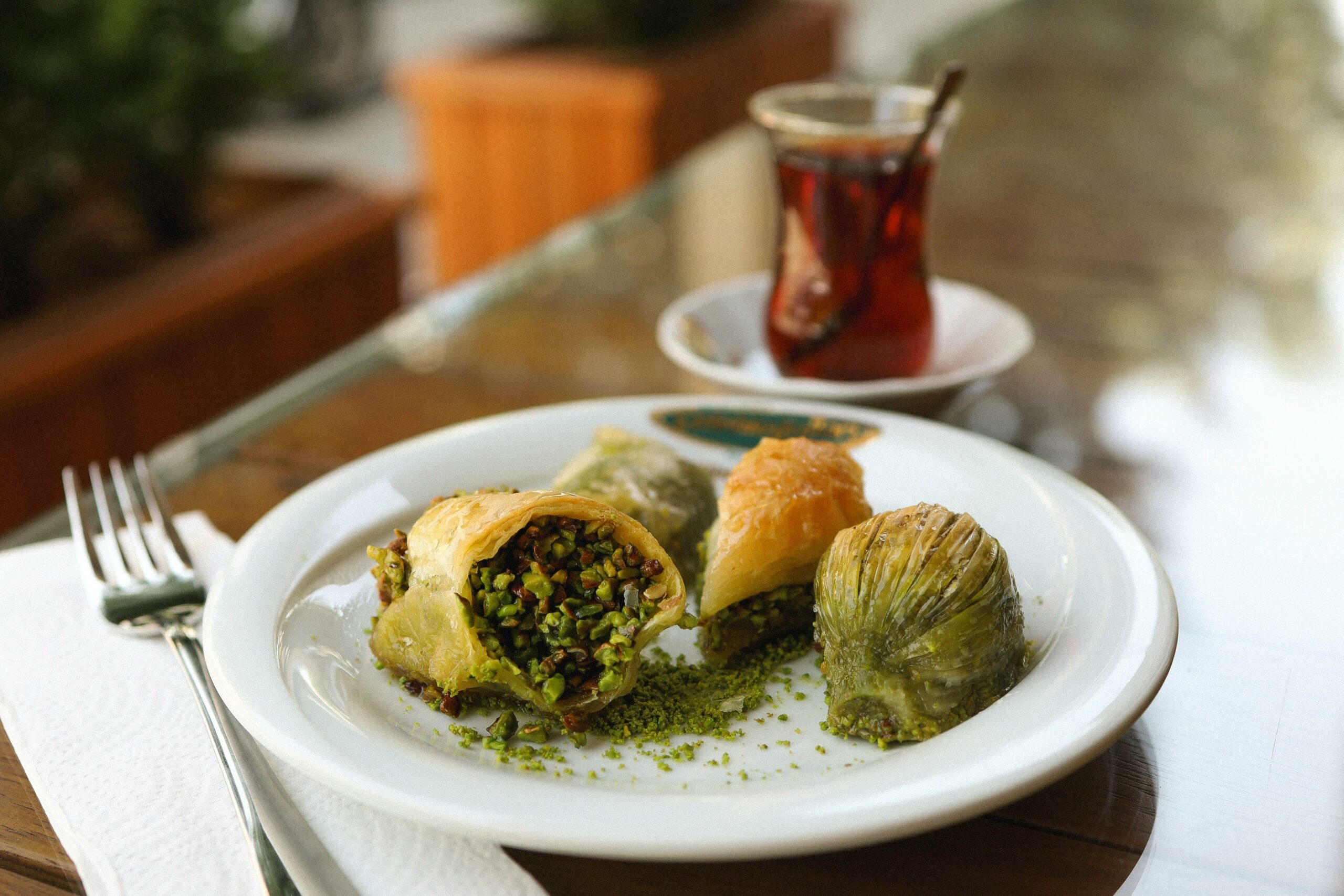
Baklava is perhaps the most globally recognised Middle Eastern dessert, and for good reason. Layers of phyllo pastry are delicately stacked and brushed with butter, interspersed with crushed nuts—often pistachios or walnuts—before being baked to a golden crisp and drenched in a sugar or honey syrup.
Though its exact origins are contested between Turkey, Greece, and the Levant, baklava has become a symbol of celebration across the region and is a staple offering during religious holidays and special occasions.
Knafeh/Kunafa
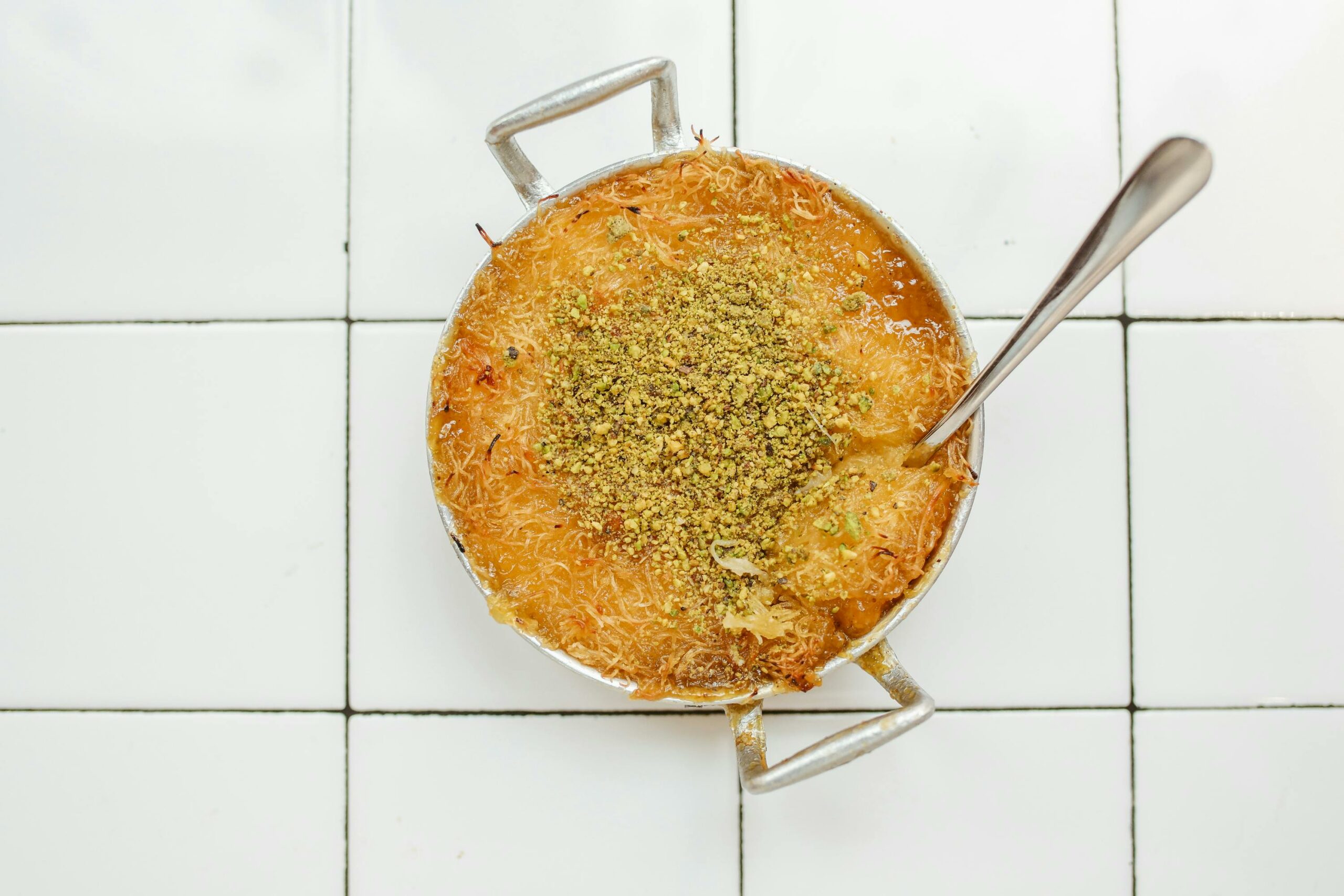
Originating in Nablus, Palestine, and beloved across Jordan, Lebanon, and Egypt, Knafeh (or Kunafa) is a showstopper of a dessert. This indulgent dish is made from a base of shredded filo (kataifi) or semolina dough layered over gooey cheese or clotted cream, then baked and soaked in orange-blossom or rosewater syrup.
Finished with crushed pistachios, it’s a common feature on Ramadan tables and at street vendors who serve it warm and melty, fresh from the pan.
Ma’amoul
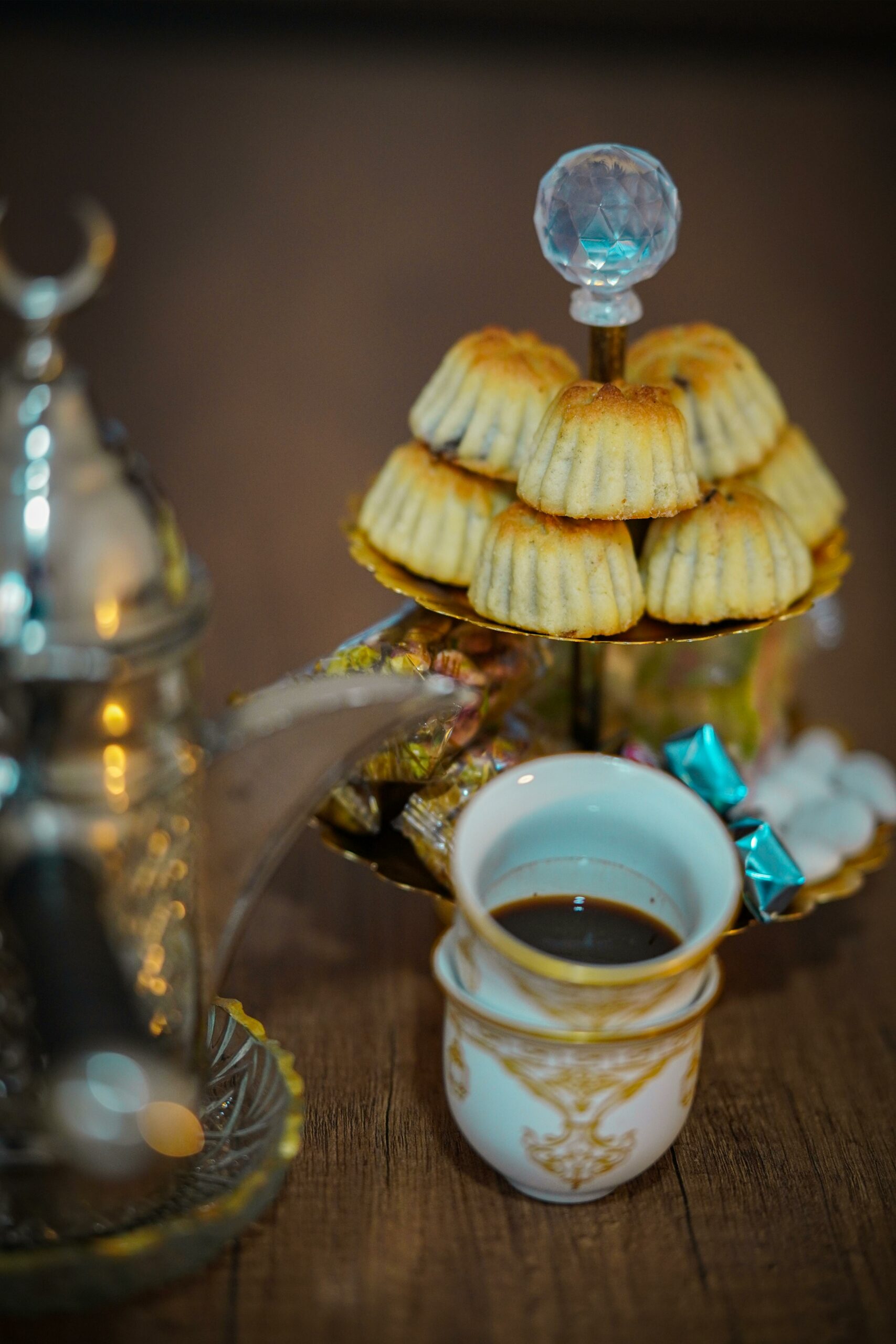
Ma’amoul is a small semolina-based cookie with an aromatic filling—most commonly made from dates, pistachios, or walnuts. Often dusted with icing sugar and stamped with beautiful patterns, ma’amoul is traditionally prepared in large batches ahead of Eid.
The date-filled variety is particularly popular in the Gulf and Levant regions, where dates are both a staple crop and a symbol of hospitality. Making ma’amoul is often a family affair, with mothers and grandmothers gathering to prepare the dough, press the intricate designs, and share stories along the way.
Basbousa
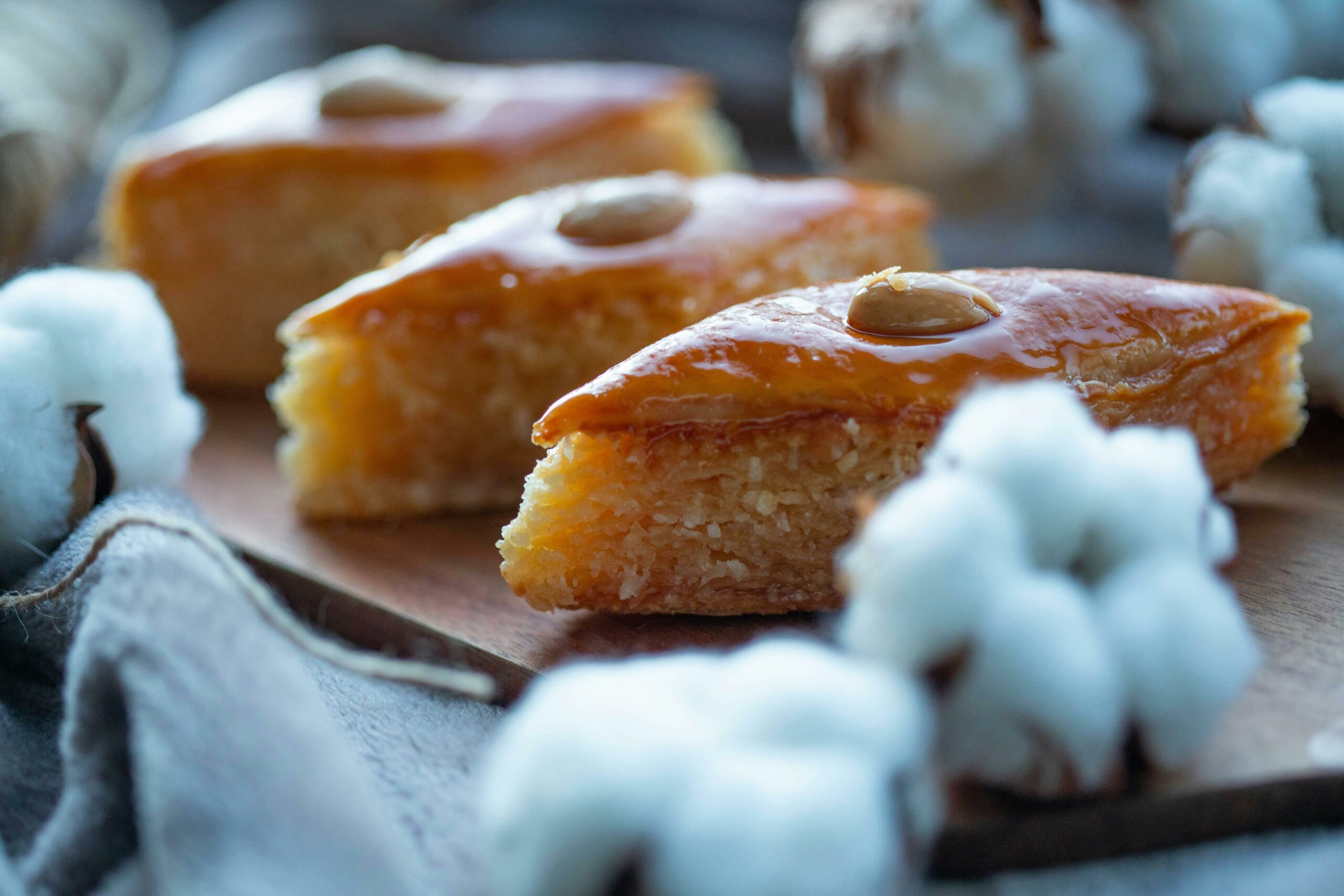
Basbousa is a semolina cake beloved across Egypt, Sudan, and the Levant. It’s dense and grainy in texture, lightly sweetened, and often flavoured with rosewater or coconut. Once baked, it’s cut into diamond-shaped pieces and generously doused in sugar syrup.
Though it may look modest, basbousa’s enduring popularity lies in its ability to satisfy with just a few wholesome ingredients—ideal for breaking fasts or pairing with afternoon tea.
Halva
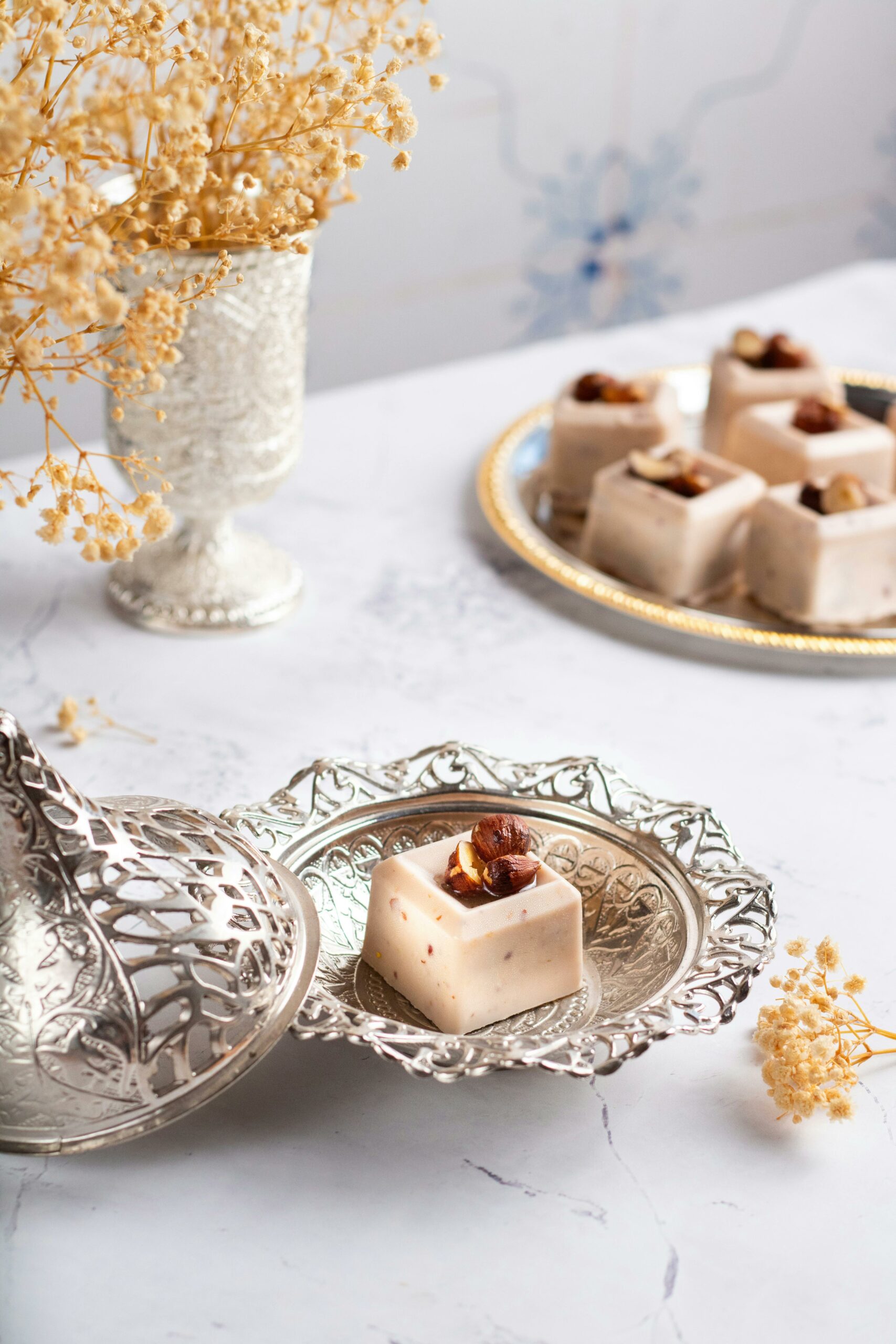
Halva comes in many forms, but the tahini-based version is the most iconic in the Middle East. Crumbly yet rich, it’s made from ground sesame paste and sugar, often studded with pistachios or swirled with chocolate or vanilla. Found everywhere from Persian bazaars to Turkish sweet shops, halva is not just a dessert—it’s a pantry staple, gifted at weddings, funerals, and festive gatherings alike.
Qatayef
Qatayef are small, stuffed pancakes typically filled with cheese, nuts, or cream, then folded and either fried or served fresh. This dessert is synonymous with Ramadan evenings across the Arab world, where it’s commonly prepared at home or bought from vendors who expertly spoon the batter onto griddles and fold them into perfect crescents.
The result is a delightfully chewy and syrupy dessert that signals the end of a long fasting day.
Muhallabia
Muhallabia is a light, milk-based pudding gently flavoured with rosewater or orange blossom and often topped with chopped pistachios or desiccated coconut. It’s an elegant end to a meal, particularly in Gulf and Levantine countries, where its smooth texture and fragrant aroma provide a cooling contrast to the region’s warmer climate and spiced mains.
Luqaimat
Luqaimat are deep-fried dough balls that are crisp on the outside and soft within, traditionally served during Ramadan across the Gulf States. Luqaimat is believed to have originated from Saudi Arabia.
Since their early beginnings, they spread across the region and found their way to Turkey, Lebanon, Syria, India, and Iran. The dough is lightly spiced with saffron and cardamom, then fried and drizzled with date syrup or honey.
Zoolbia & Bamieh
These Persian favourites are a common sight during Ramadan and Nowruz (Persian New Year). Zoolbia resembles lacy spirals, while Bamieh takes on a rigid, churro-like shape. Both are fried and soaked in saffron and rosewater syrup, creating a sticky, fragrant treat with a loyal following across Iran and parts of Central Asia.
Where to find the best Middle Eastern desserts
For travellers with a sweet tooth, the Middle East offers countless confectionery treasures.
Don’t miss:
- Habibah Sweets in Amman, Jordan, is renowned for its legendary Knafeh
- Hafiz Mustafa in Istanbul, Turkey – a baklava institution dating back to 1864
- Bateel Boutiques across the UAE and Saudi Arabia – a luxury stop for stuffed dates and ma’amoul
- Zalatimo Sweets in Jerusalem – one of the oldest dessert shops in the region
- Tehran’s Grand Bazaar – for fresh Zoolbia, Bamieh, and pistachio halva
What makes Middle Eastern desserts so enduring isn’t just their flavour—it’s the context in which they’re enjoyed. Whether passed around at weddings, gifted during Eid, or shared over coffee with friends, these sweets reflect a broader culture of generosity, community, and hospitality.
Written by Lee-Anne Steyn
First published by Getaway
Also see: Top five burger restaurants to visit in Johannesburg




